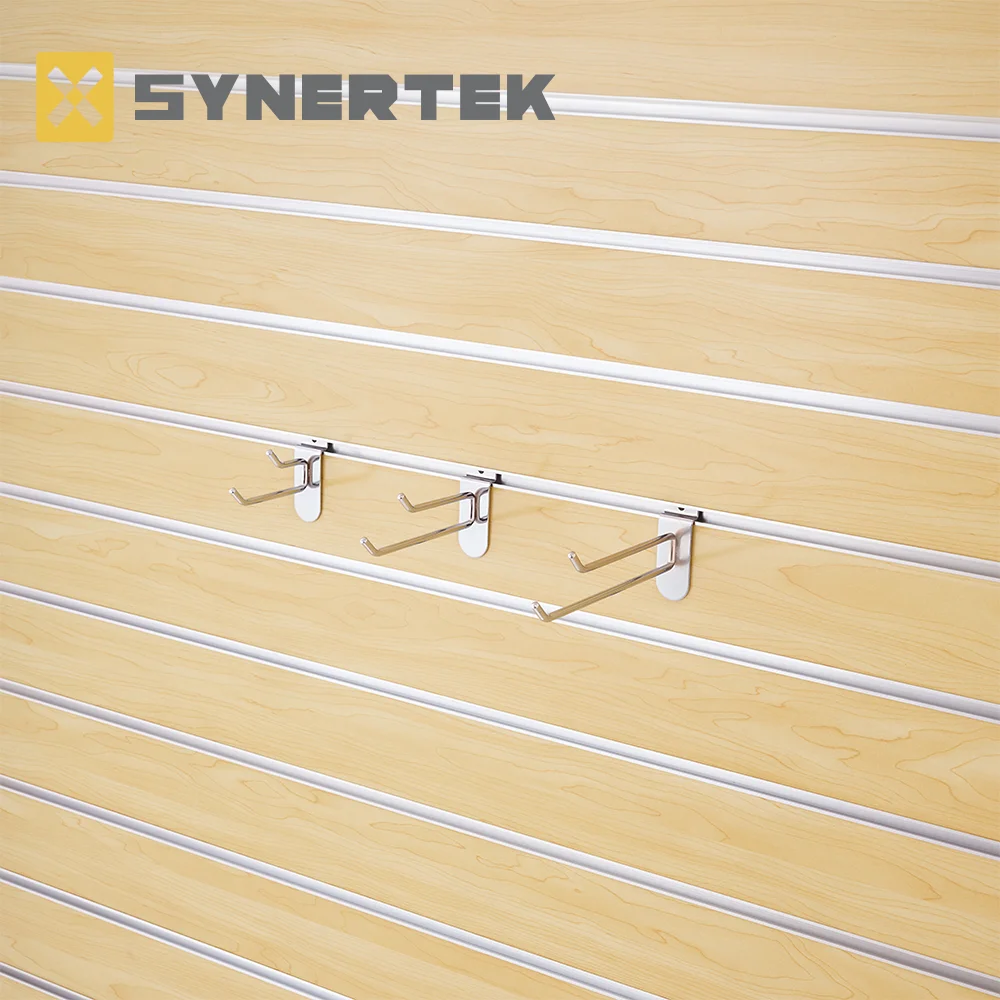In the realm of modern architecture, the quest for transparency has led to the innovative use of materials that not only enhance aesthetic appeal but also improve energy efficiency and sustainability. Transparent facades, characterized by their ability to allow natural light to permeate while providing a visual connection to the outside world, have become a hallmark of contemporary design. But what materials are behind these stunning structures? This article delves into the various materials used in transparent facades, their properties, advantages, and the future of facade technology.
- Glass: The Cornerstone of Transparency
Types of Glass Used in Facades
The most prominent material in transparent facades is glass. Various types of glass are employed, each offering unique benefits:
- Float Glass: This is the most common type of glass used in facades. It is produced by floating molten glass on top of molten tin, resulting in a smooth, flat surface. Float glass is ideal for large panels and provides excellent clarity.
- Laminated Glass: Composed of two or more layers of glass bonded together with a plastic interlayer, laminated glass enhances safety and sound insulation. It is particularly useful in high-rise buildings where impact resistance is crucial.
- Tempered Glass: This type of glass is heat-treated to increase its strength. Tempered glass can withstand greater thermal stress and is often used in areas prone to extreme weather conditions.
- Low-E Glass: Low-emissivity (Low-E) glass has a special coating that reflects infrared light while allowing visible light to pass through. This property helps in reducing heat loss, making it an energy-efficient choice for facades.
- Polycarbonate: A Lightweight Alternative
While glass is the traditional choice for transparent facades, polycarbonate is gaining traction due to its lightweight and impact-resistant properties. Polycarbonate panels can be produced in various thicknesses and can be molded into different shapes, offering architects greater design flexibility. Additionally, polycarbonate has excellent thermal insulation properties, making it a viable option for energy-efficient buildings.
- ETFE: The Future of Facade Technology
Ethylene tetrafluoroethylene (ETFE) is an innovative material that has emerged as a game-changer in facade design. This fluorine-based polymer is incredibly lightweight, allowing for large spans without the need for extensive structural support. ETFE is also highly transparent, with the ability to transmit up to 95% of visible light. Its durability and resistance to UV radiation make it suitable for long-term applications.
One of the most exciting features of ETFE is its potential for integration with smart technologies. ETFE cushions can be inflated or deflated to control light and heat transmission, creating dynamic facades that respond to environmental conditions.
- Sustainability Considerations
As the architectural industry moves towards more sustainable practices, the choice of materials for transparent facades is increasingly influenced by their environmental impact. Recyclability, energy efficiency, and the carbon footprint of production processes are critical factors in material selection.
- Recyclable Materials: Glass is 100% recyclable, and many manufacturers are now producing glass with a high percentage of recycled content. Similarly, polycarbonate can be recycled, although the infrastructure for recycling this material is still developing.
- Energy Efficiency: The integration of Low-E coatings and the use of insulated glass units (IGUs) can significantly enhance the energy performance of transparent facades. These technologies help to minimize heat loss in winter and reduce cooling loads in summer.
- The Role of Design in Material Selection
The choice of material for a transparent facade is not solely based on performance characteristics; aesthetic considerations play a crucial role as well. Architects must balance functionality with visual appeal, often opting for a combination of materials to achieve the desired effect. For instance, a building may feature a glass facade complemented by polycarbonate elements to create a striking contrast while maintaining transparency.
Conclusion: The Path Forward
The materials used in transparent facades are evolving rapidly, driven by advancements in technology and a growing emphasis on sustainability. As architects and designers continue to push the boundaries of what is possible, we can expect to see even more innovative materials and techniques emerge in the coming years. Transparent facades not only redefine the relationship between buildings and their surroundings but also pave the way for a more sustainable and visually engaging architectural landscape.
